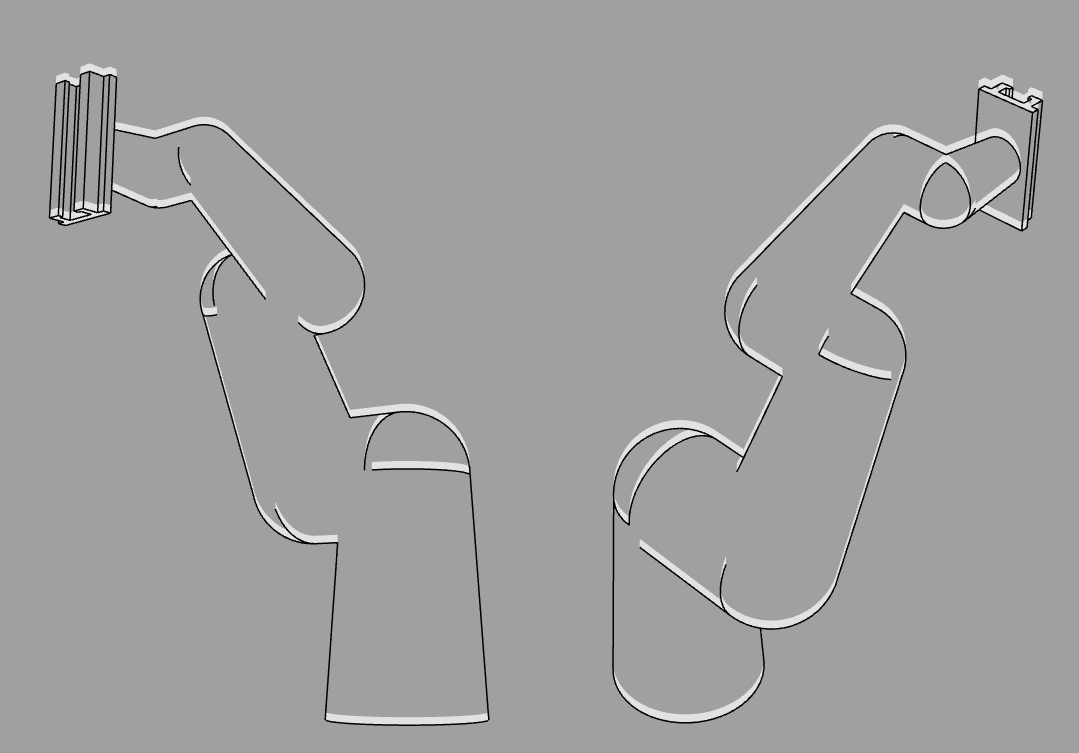I am already familiar with Rhino and grasshopper, but I do not have much experience in any other software. I am finding it difficult so far to move over to other programs a default to rhino and grasshopper so I need to practice a bit more discipline with regards to this.
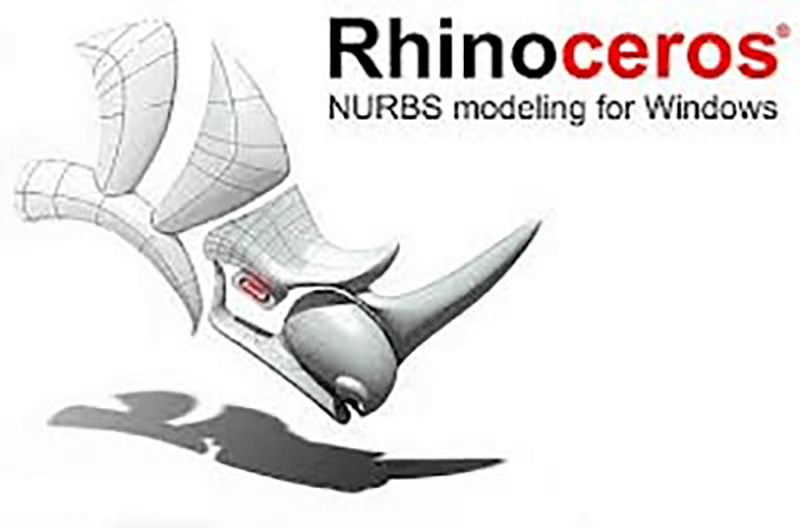
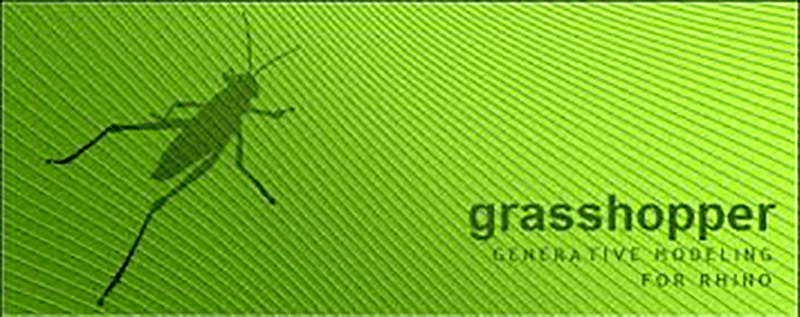
We had a great class with Aldo Sollazzo using Grasshopper and the recursive plugin Anemone, a function which is not native to Grasshopper.
BLENDER
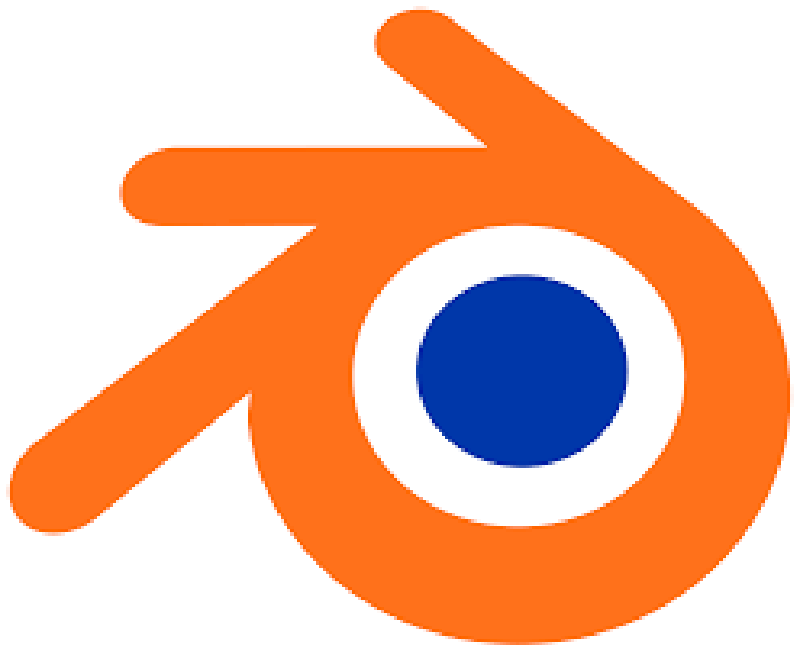
I have started some tutorials using this program. Rhino has a lot of mesh functions, but not the clay-like modelling that I can find in Blender. I have seen some amazing models and renders created in this program and I would like to get good at this over the next few weeks.
SOLIDWORKS

I really like the possibilities with this program. I have heard about it a lot and having been taught a bit here and some extra tutorials it does not disappoint. The interface and workflow will take a lot of getting used to, but I feel like I have a time machine on my screen. Extending that analogy all the way to the butterfly effect where I go back in time and hope I don't mess anything up in the future
ANTIMONY

I love the look of this program, it seems to create objects in a different way to the programs I am used to, but has a similar workflow and interface to grasshopper. I run windows however so I need to overcome the Linux hurdle to be able to lay on this.
INKSCAPE
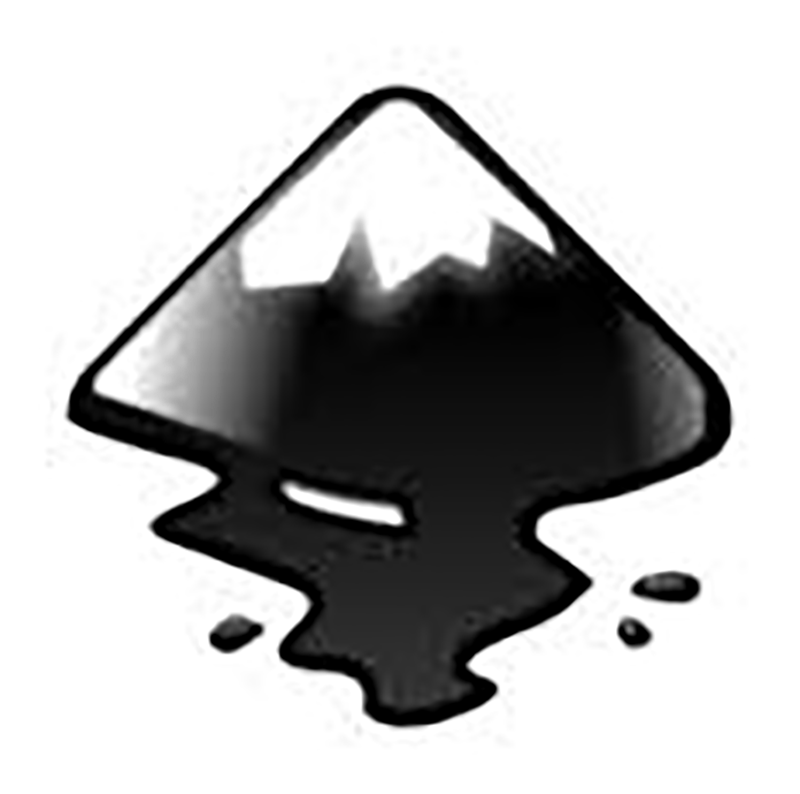
This looks like a good program for vectors without the complexity of a program like adobe illustrator. I am currently working on a parametric recursive file to be able to print using the vinyl cutter.
UNITY + CINEMA 4D
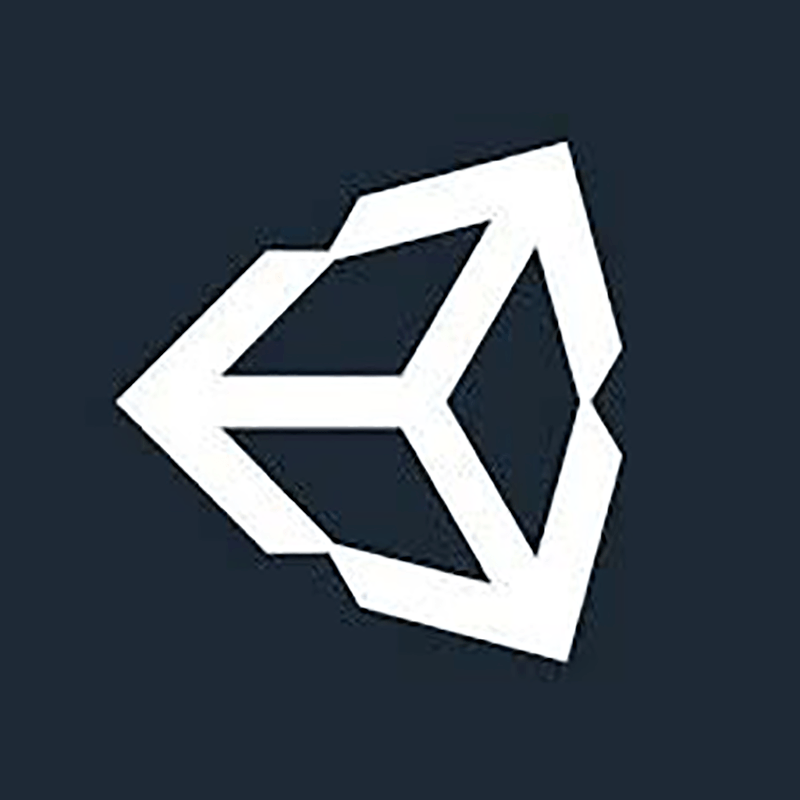

As with blender, these programs look very interesting in creating and also animating models. I like the power of unity to create VR ready models and environments and what that means for pre production and review of designs.
I decided to try out Inkscape for my 2D CAD as it works on any operating system, is free and open-source. You can download it here. It allows you to create vector files similar to adobe illustrator. I followed these two tutorials and made a doughnut which introduced me to lots of interesting tools and capabilities of the program.
For the 3D software I used Blender and followed the tutorial below to make a propeller. I wanted to make something I considered would be difficult in the programs I already know.
For the final project sketch I used Rhino, modelling a 3D robotic arm. I first looked at some images of 6 axis robotic arms and how the joints are aligned.
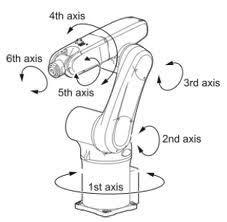
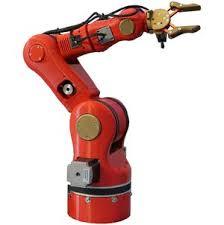

I started by using the 'circle' command to create the base of my robot.

Next I created another smaller circle and used 'move' to bring this up off the construction plane. Then using the 'loft' command I created a surface between my two circles.

Now my first arm has been created, I need to create my first joint. To do this I used the center 'object snap' which allows me to find the center of objects (that have a center). Finding the center of the top circle, I created a sphere the same radius as the top circle.

I then repeated this several times to get the multiple arms and axis


Once my robot was complete I used 'group' to combine the different joints and arms together. with this I could then manipulate the arm to look as though it was in use.

Finally I used the 'make2d' command to turn my 3D surfaces into 2D curves which gives a nice final visual effect.This is just a concept at this stage and I hope to build on the actual mechanics and how it fits together further.

